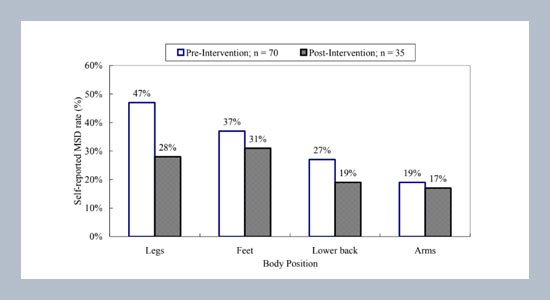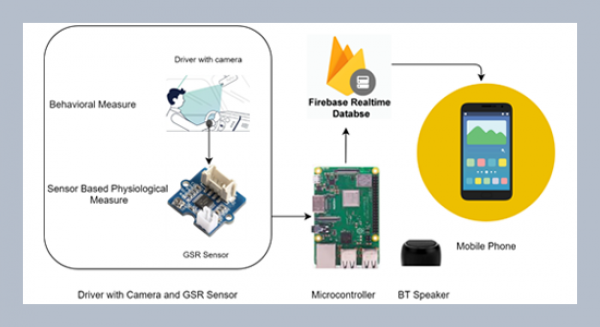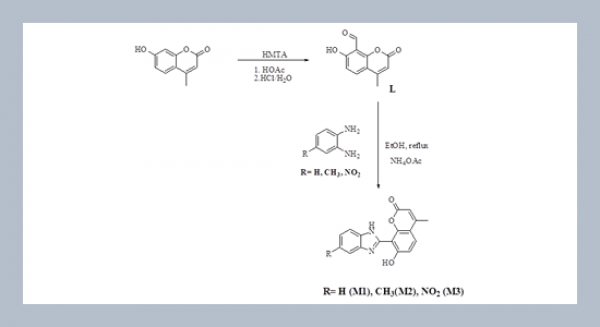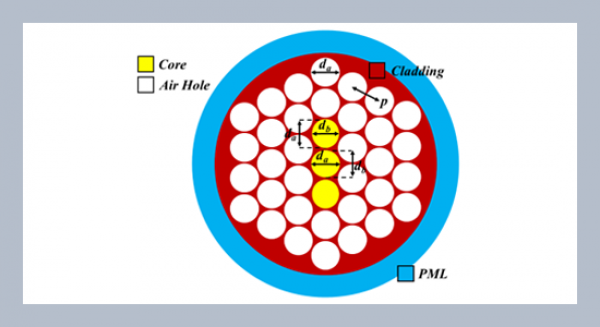Hsin-Chieh Wua,1, Toly Chenb, Cheng-Lung Leea, Ying-Lien Leea a Department of Industrial Engineering and Management, Chaoyang University of Technology, Taichung, Taiwan, R.O.C.
b Department of Industrial Engineering and System Management, Feng Chia University, Taichung, Taiwan, R.O.C.
Download Citation:
|
Download PDF
The purpose of this study was to assess the less-tangible benefits of an ergonomics project performed in a 300-mm wafer fabrication in Taiwan. The studied project was aimed at reducing the risk factors of musculoskeletal disorders (MSDs) faced by the wafer-handling workers. Firstly, the MSDs checklist was used to identify risk factors for the workers. The ergonomic intervention was then conducted. Subsequently, the willingness-to-pay (WTP) survey of the contingent valuation method was performed to quantify less-tangible benefits. The responded WTP results were analyzed to estimate the return on investment of this project, which was 43.6% and large enough to conclude that this project was cost-effectiveness. The marked decreases in the risk-factor found rate and the self-reported MSD rate in the post-intervention period proved that the intervention was effective in reducing the MSD problems. This paper is shown to be a good example to justify the worth of an ergonomics project.ABSTRACT
Keywords:
Cost effectiveness; musculoskeletal disorders; less-tangible benefit.
Share this article with your colleagues
REFERENCES
ARTICLE INFORMATION
Accepted:
2010-12-13
Available Online:
2010-12-01
Wu, H.-C., Chen, T., Lee, C.-L., Lee, Y.-L. 2010. Assessing Less-tangible benefits of an ergonomic project. International Journal of Applied Science and Engineering, 8, 167–178. https://doi.org/10.6703/IJASE.2010.8(2).167
Cite this article:















